5 Important Differences Between Fast Chargers and Regular Chargers
Many people think all chargers are the same, but that assumption leads to hours of slow charging — until they learn about these 6 important differences that are often overlooked.
Not all chargers provide the same power output.
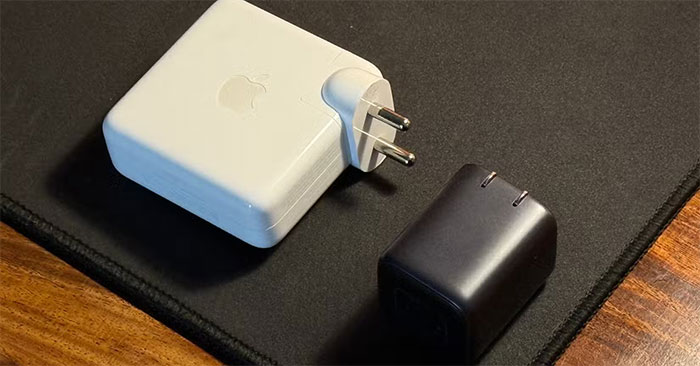
First and foremost, not all phone chargers offer the same power output. They may look almost identical, but what really matters is how much power they actually deliver to your phone. And that power, measured in watts, directly affects how fast your phone charges. Basically, the higher the wattage, the faster it charges (assuming your phone supports it).
Charging power is determined by two main factors: Volts, which refers to the amount of current flowing, and Amps, which refers to the amount of current flowing. You can usually find this information in the small print on your charger, listed as "Output: 5V ~ 2A" or "Output: 9V ~ 3A."
Multiply those numbers—volts times amps—and you get the power. For example, 5 volts times 2 amps equals 10 watts, and 9 volts times 3 amps gives you 27 watts. However, higher-wattage chargers don't always guarantee faster charging. Every phone has a built-in limit and will only use the amount of power it's designed to handle.
So if your phone supports 25 watts and you plug it into a 66 watt charger, it won't magically charge faster. It will still only use 25 watts, and the extra power from the charger won't be taken advantage of. Luckily, this built-in controller makes this process safe, so using a higher wattage charger won't damage your device.
Fast charging is not common
Just because a charger says 'fast charging' doesn't mean it will deliver the maximum charging speed for every device. Different brands use different fast charging technologies, so a super-fast charger for one phone might be significantly slower on another.
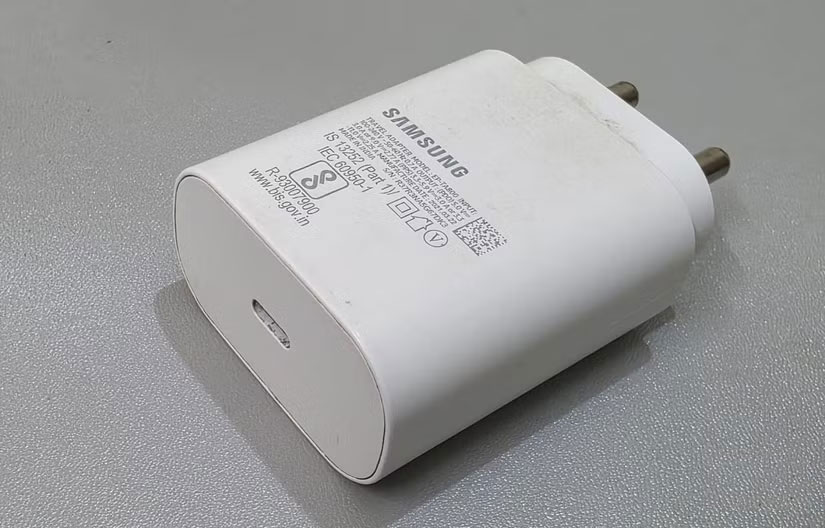
Third-party chargers aren't always bad, after all. In fact, many brands support widely used fast-charging protocols like USB-PD (Apple uses this open standard) and Qualcomm Quick Charge. These protocols can work well across a wide range of devices and offer consistent performance. But even with the best third-party options, you may notice some minor differences. They're often not as fast or reliable as the original charger designed specifically for your phone.
Cable quality is more important than you think
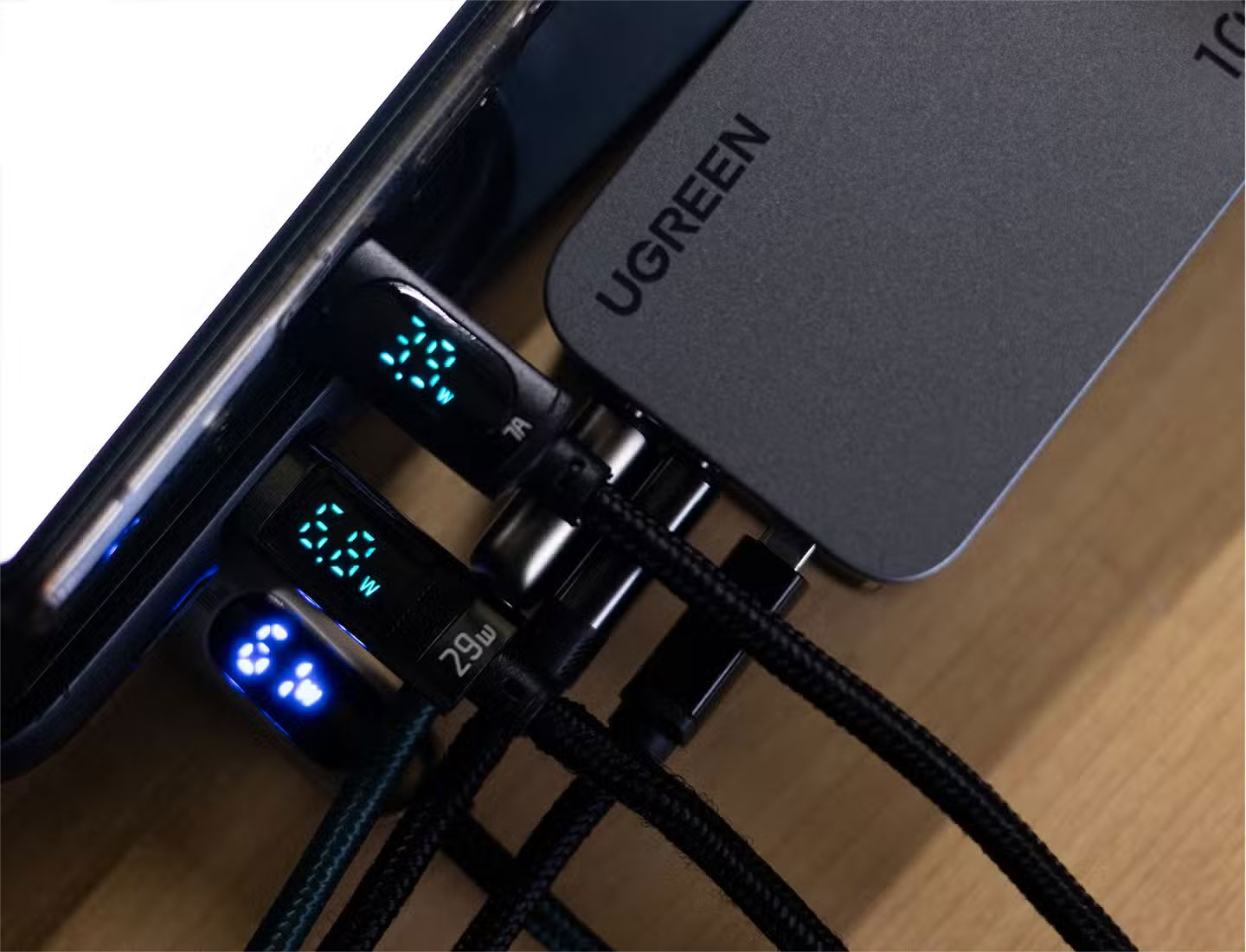
Cables may look the same, but inside, they're built very differently. Good quality cables use thicker wires and better conductive materials like pure copper, which allow more current to flow smoothly and efficiently. Cheaper ones often use thinner wires and lower-grade alloys, which create resistance. That resistance leads to voltage drops and slower charging speeds.
Another factor to consider is cable length. The longer the cable, the greater the resistance, which further slows down the charging speed. This is one reason why your device may be charging slowly. For everyday use, a cable that is 1 to 1.8 meters long is usually sufficient. However, if you need a longer cable, make sure to invest in one with thicker wires and better materials.
In addition to the material and length of the cable, the current capacity of the cable also plays a big role in charging speed. Most USB cables can handle 2-3 amps, which is fine for most devices. But if you're using a fast charger or a device that supports higher currents, you'll need a cable with a higher capacity.
Otherwise, the cable becomes the bottleneck, no matter how powerful the charger or how advanced the phone's battery. For example, Samsung's 45W Super Fast Charger only delivers the full 45W when paired with a 5-amp USB-C cable. The cable that comes with your phone isn't designed to handle that kind of power.
Wireless charging has its own limitations
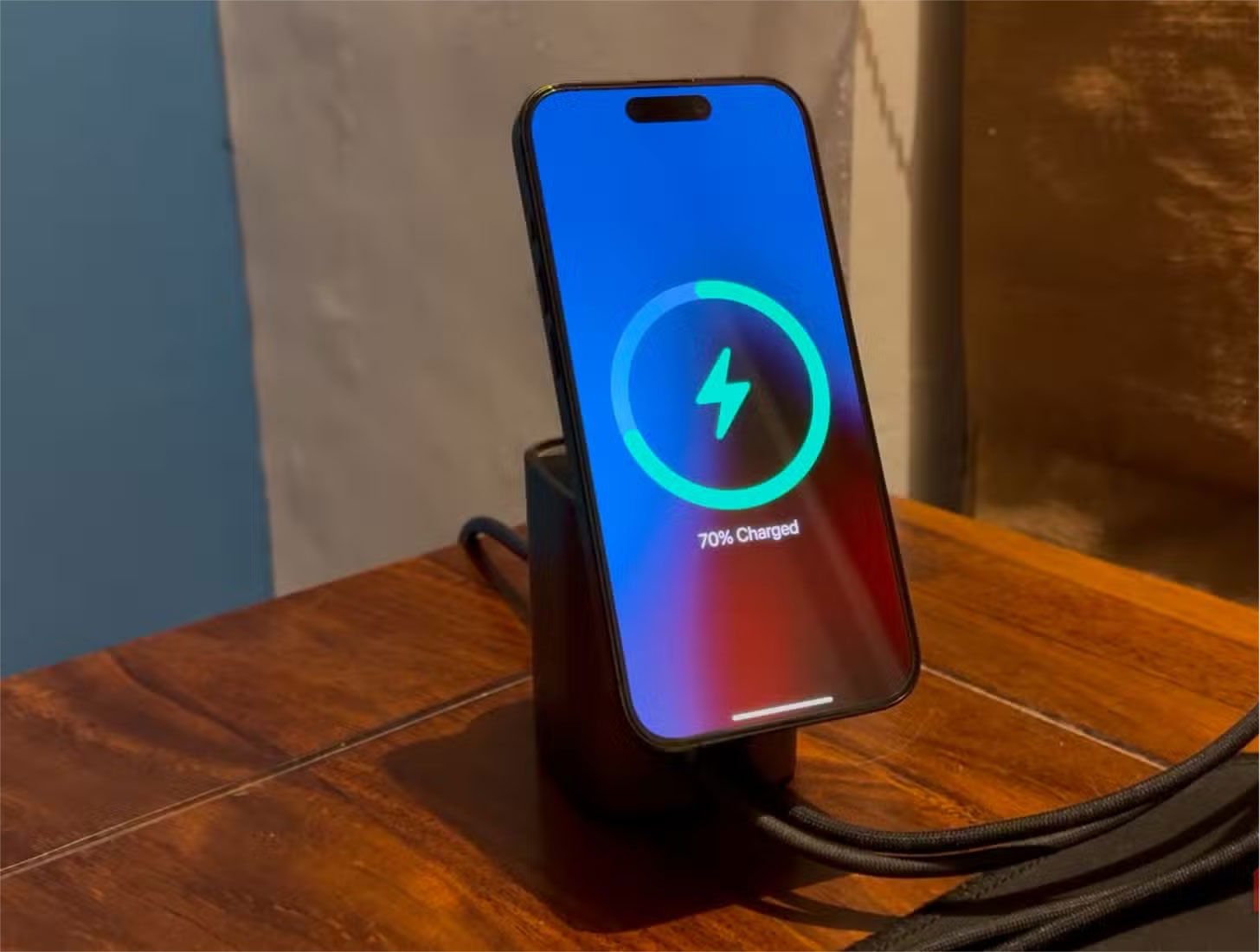
Wireless charging seems convenient in many ways. Dropping your phone onto a charging pad without having to deal with tangled cables is a convenience in today's busy lives. However, like most things in life, wireless charging has its drawbacks.
First, wireless charging doesn't completely eliminate cables. Sure, you don't have to plug a cable into your phone, but the charging pad still needs to be connected to a power source with a cable. So while wireless charging cuts down on cables, you still need an outlet or USB port for the charging pad to work.
Heat is another issue. Wireless charging typically generates more heat than wired charging; over time, that extra heat can negatively impact the health of your phone's battery. Smartphones are designed to handle heat, but repeated exposure to high temperatures can reduce the efficiency and lifespan of your battery.
GaN chargers are the future
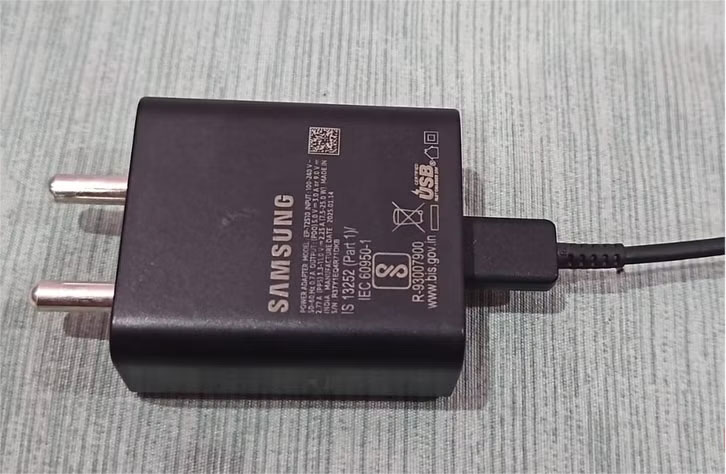
Once you use a GaN charger, you'll never want to go back to your old charger again. GaN, which stands for Gallium Nitride, replaces traditional silicon technology, making chargers smaller, more efficient, and cooler, even when handling high power levels.
Unlike conventional silicon chargers, which tend to be bulky and get hot at higher wattages, GaN processes power more efficiently, wasting less energy as heat. They even support modern standards like USB Power Delivery, so you can fast-charge your iPhone, Android device, tablet, or laptop with the same compact charger. Some chargers even come with multiple ports, so you can charge multiple devices at once without sacrificing speed.
After learning all this, you should stop treating chargers as an afterthought. So if you're looking for a new charger, don't just go for the cheapest option. Take a minute to check three things: the wattage rating, whether the cable supports fast charging, and whether both are compatible with your phone's charging standards.
You should read it
- Causes and ways to fix the charger is hot when charging
- How to fast charge iPhone 11
- Use a battery charger like 'the beard that he has on her chin'
- Test the ability of fast charging iPhone 11 Pro, superior to the previous generation but still lost to Android
- The day of true wireless charging is coming
- How to charge iPhone X twice as fast?
 What is RISC? What is RISC V? How are they different?
What is RISC? What is RISC V? How are they different? 5 ways to use USB ports on Smart TV
5 ways to use USB ports on Smart TV Why is hard drive partitioning pointless on modern storage devices?
Why is hard drive partitioning pointless on modern storage devices? Top best mechanical keyboards 2025
Top best mechanical keyboards 2025 Why You Shouldn't Trust Your ISP's Wi-Fi Router?
Why You Shouldn't Trust Your ISP's Wi-Fi Router? How to Erase All Your Laptop Data Before Selling It to Someone Else
How to Erase All Your Laptop Data Before Selling It to Someone Else